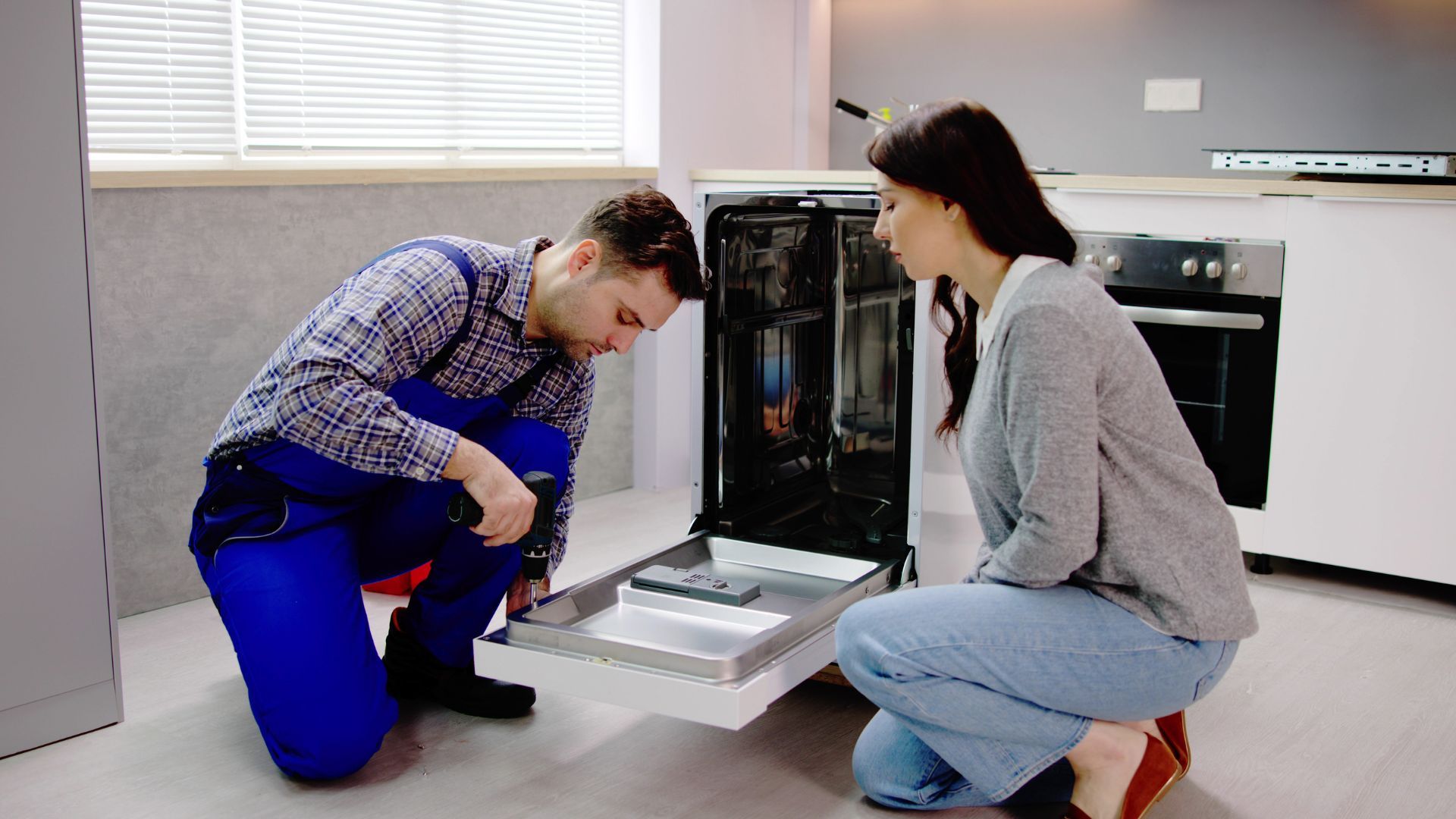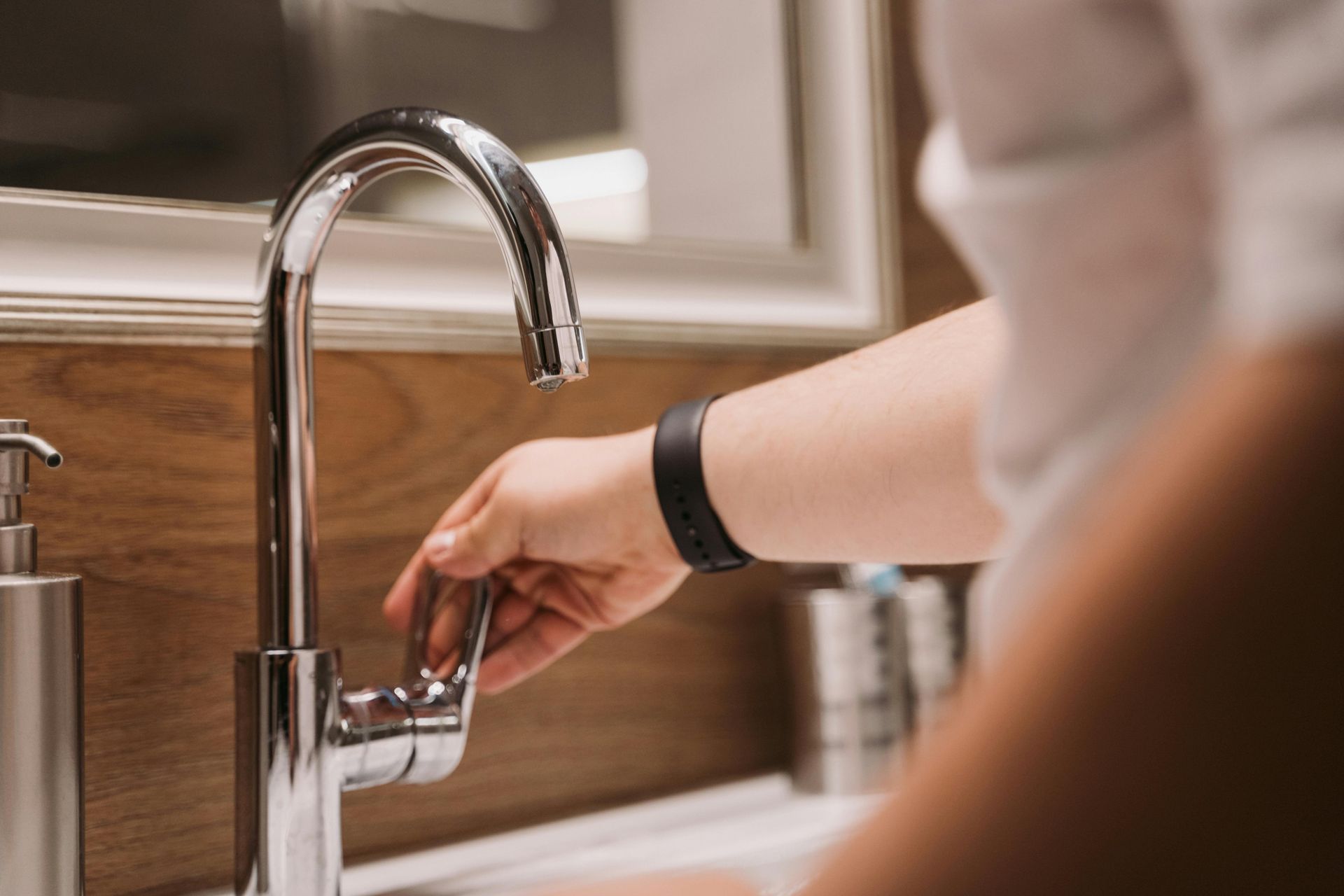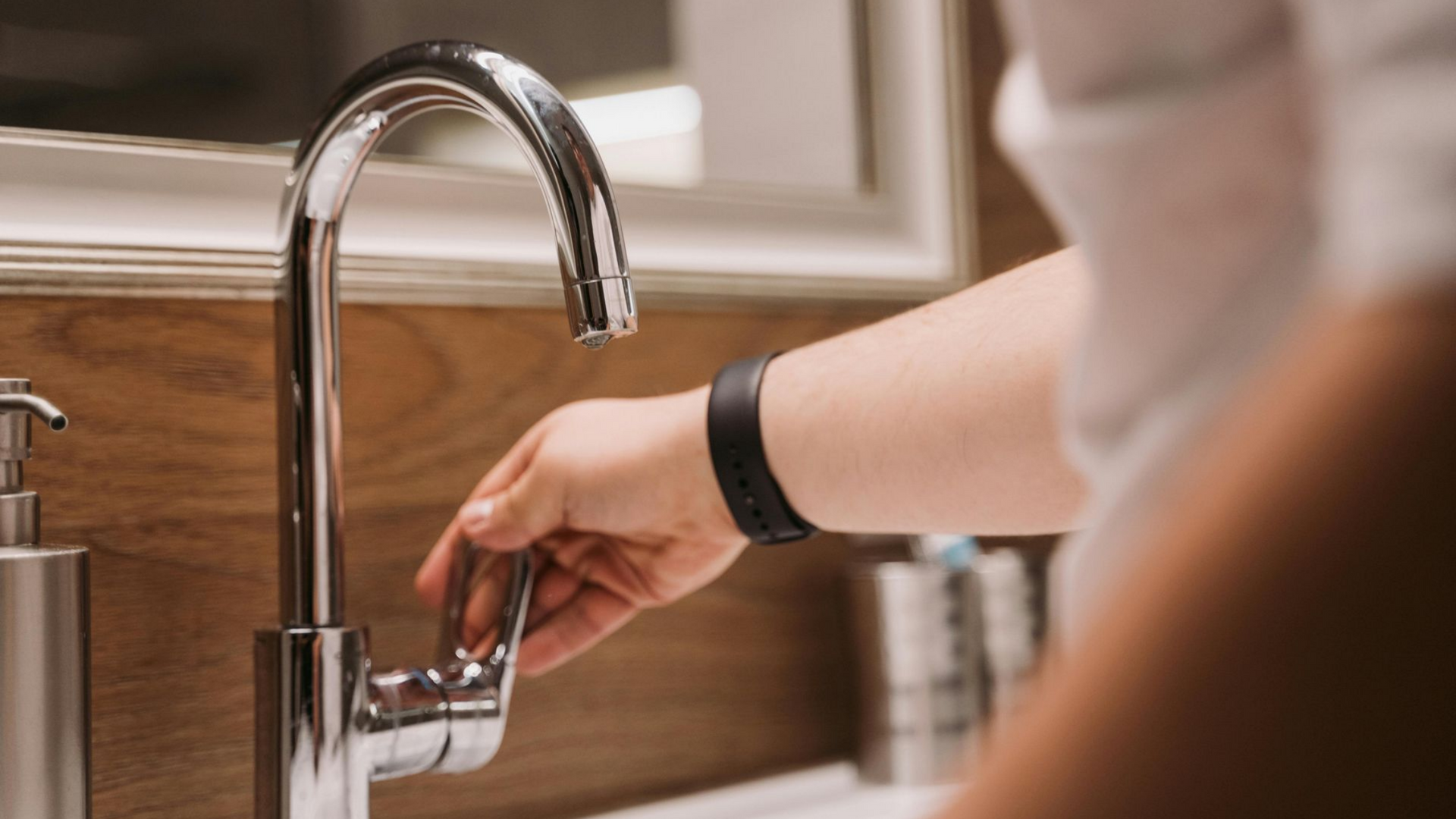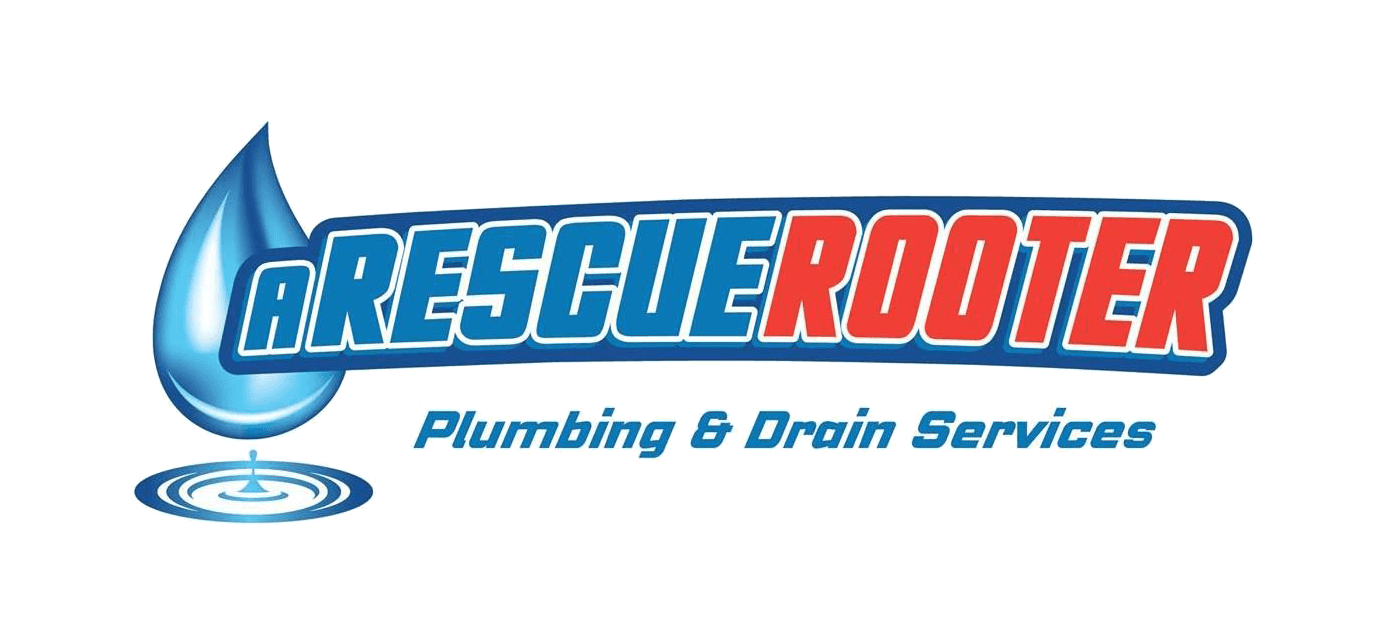Get the most out of your dishwasher and avoid costly repairs with these easy maintenance tips
There used to be a time when it was a luxury to have a dishwasher. However, these days in a house or a condo apartment, you will find a dishwasher in the kitchen...
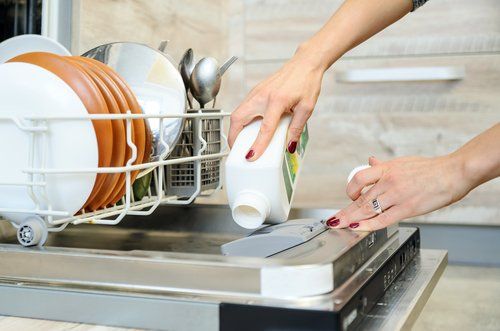
They’re not really a luxury these days, they’re more a necessity especially when a busy family is involved. Keep in mind to regularly maintain your dishwasher. It’s an easy task and nothing to stress about.
Regular maintenance and cleaning will stretch out the life of your dishwasher and won’t be time wasted.
A weekly and daily maintenance cleaning should include:
1. Remove any bits of food you can see. Some have the mindset that after a particular heavy load, you should remove the bottom rack and thoroughly wipe down the bottom of the dishwasher.
2. Clean the inside of the door.
3. Wipe off the control panel.
A regular monthly maintenance and cleaning should include:
1. Clean the filter by removing and clearing off food and dirt.
2. Clean the door and seals.
3. Clean the door and spray arm.
4. Run a cycle using 2 cups of white vinegar in a bowl on the top rack.
5. Take out the racks, including the utensil holder wipe them down with hot water and vinegar.
Even though you have maintained and cleaned your dishwasher, things can still happen that calls for a repair. There’s no need to panic! Keep in mind that your dishwasher in Brantford works hard so it may develop issues and need to have malfunctions repaired. It’s not uncommon and some issues you can check on and repair yourself.
Are your dishes not coming out clean? You may have overloaded your machine or your dishwasher needs a thorough cleaning. Maybe a utensil is getting in the way of the spray arms. Perhaps you didn’t scrape off larger food bits when you loaded the machine. Minor things like these can affect how the dishwasher performs.
What if your find your dishwasher is leaking? Check the door and the seals. You may find cracks and damage that is causing water to escape.
You may need to call your Brantford Plumber at A Rescue Rooter and have them have a good look at your dishwasher and get it running in tip top shape for you. From the hoses to the heating system and everything in between, their professional team will repair your dishwasher and have it running properly. There are many internal parts that keep your dishwasher working at its best and the pros at A Rescue Rooter in Brantford can diagnose and repair your dishwasher.
Why take a chance with having your dishwasher serviced when A Rescue Rooter will get you back to normal again. For all your commercial, residential and industrial plumbing needs, you can trust A Rescue Rooter. Contact them in Brantford and surrounding area at (905) 521-8284 or complete the online form and we will quickly reach out. We are a family run business who are available to you 24 hours a day, 7 days a week.
A Rescue Rooter will provide you with a free quote too. We will arrive promptly and do what we say we will do with efficiency while meeting your expectations. We have all your plumbing needs covered, including repairs to all types of dishwashers. You can be rest assured that you are making the right call. For your peace of mind, our technicians are insured and licensed. We will tackle any repair and get the job done efficiently.
